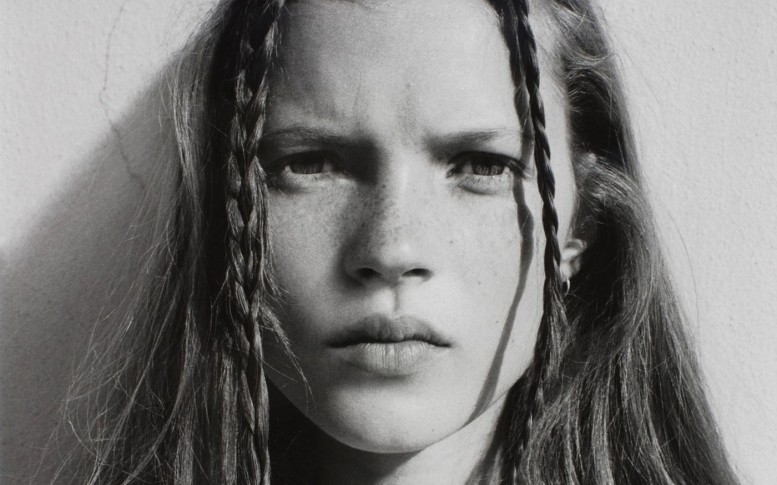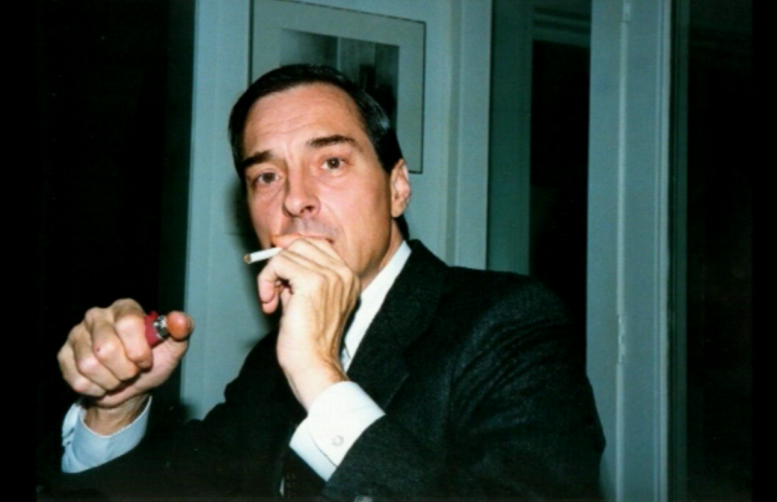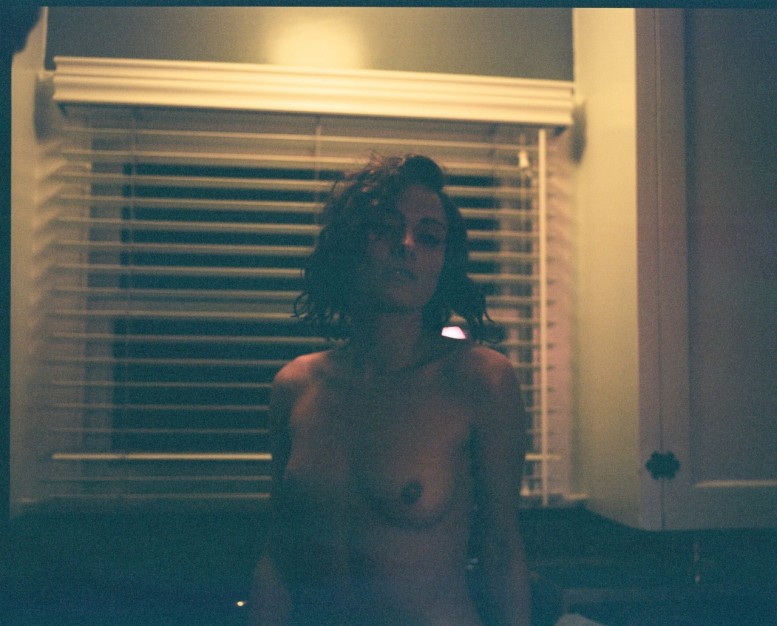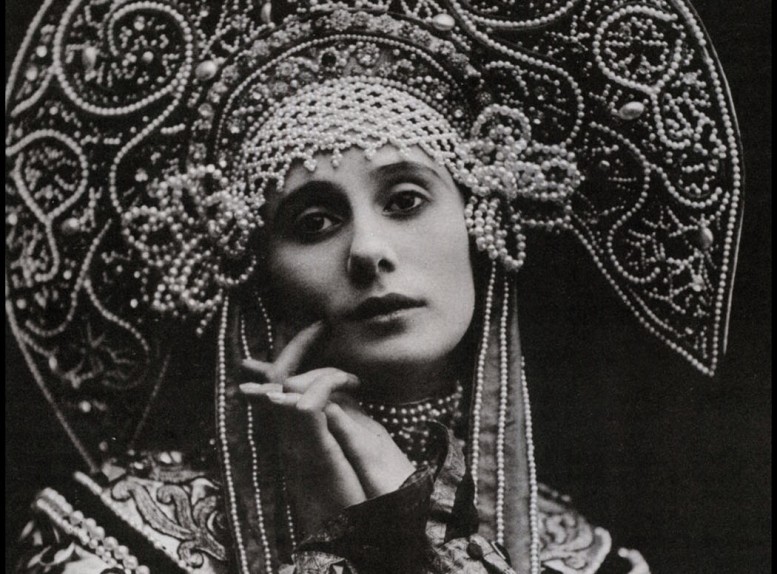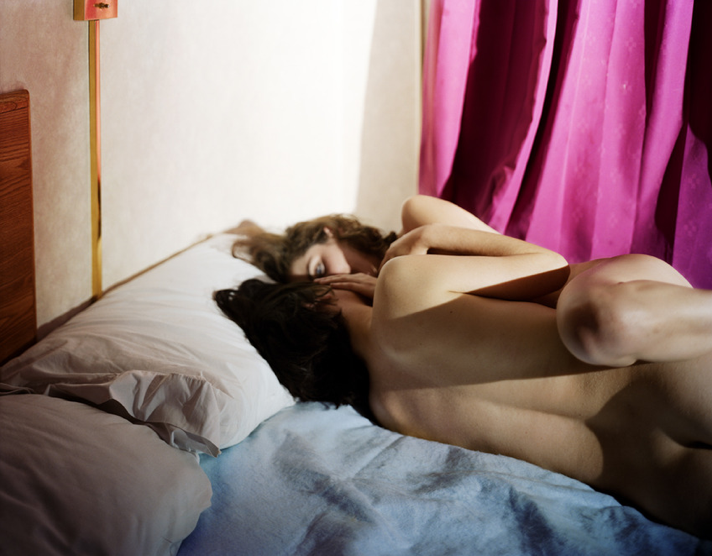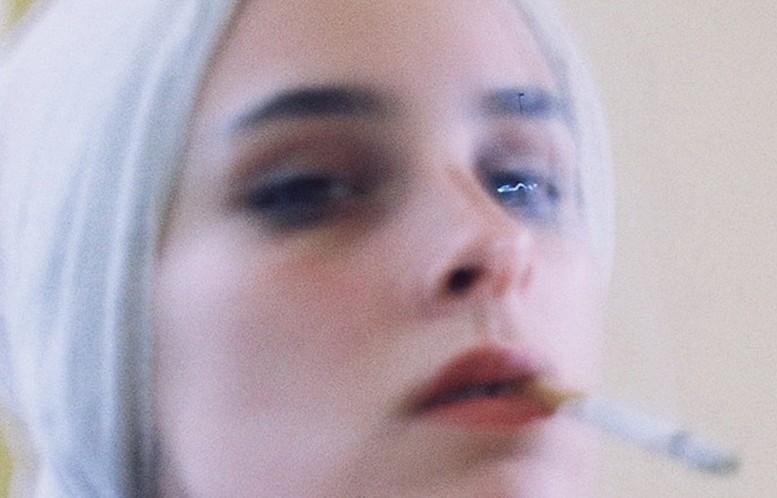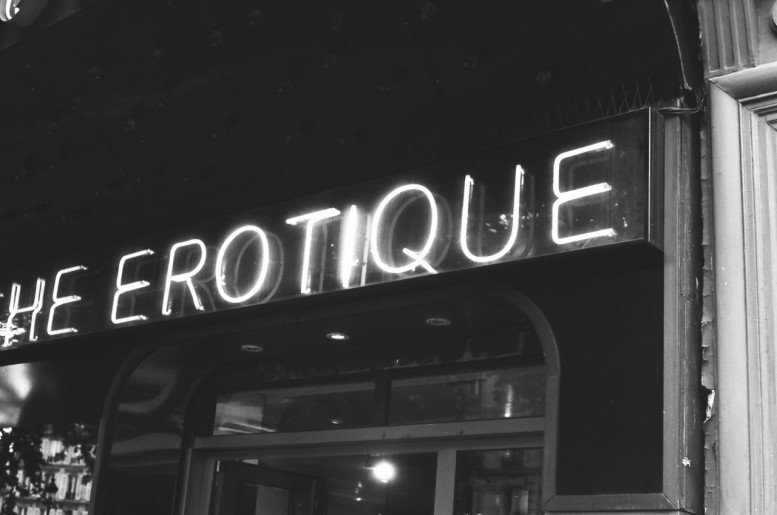"I'm am at war with the obvious." William Eggleston
I am afraid that there are more people than I can imagine who can go no further than appreciating a picture that is a rectangle with an object in the middle of it, which they can identify. They don't care what is around the object as long as nothing interferes with the object itself, right in the centre. Even after the lessons of Winogrand and Friedlander, they don't get it. They respect their work because they are told by respectable institutions that they are important artists, but what they really want to see is a picture with a figure or an object in the middle of it. They want something obvious. The blindness is apparent when someone lets slip the word 'snapshot'. Ignorance can always be covered by 'snapshot'. The word has never had any meaning. I am at war with the obvious.
-- From a conversation with Mark Holborn, Greenwood, Mississippi, February 1988
The Girl Next Door
Sometimes Thats Okay
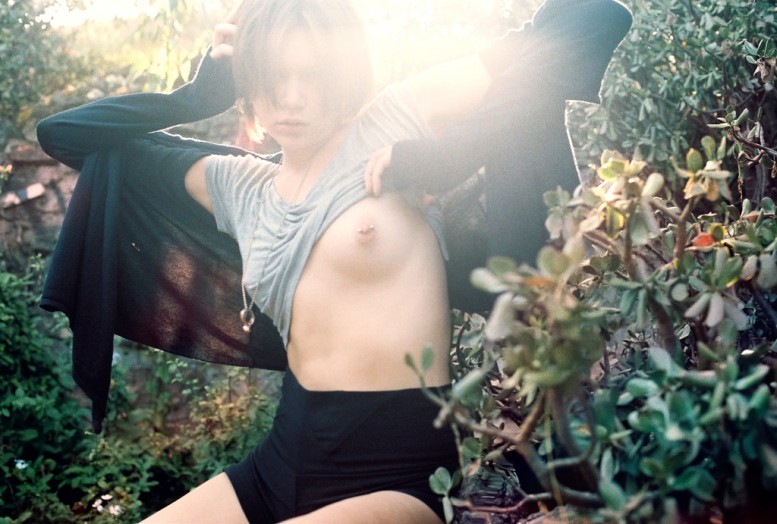
photo by Carlos Nunez
Fourth Moscow Biennale of Contemporary Art
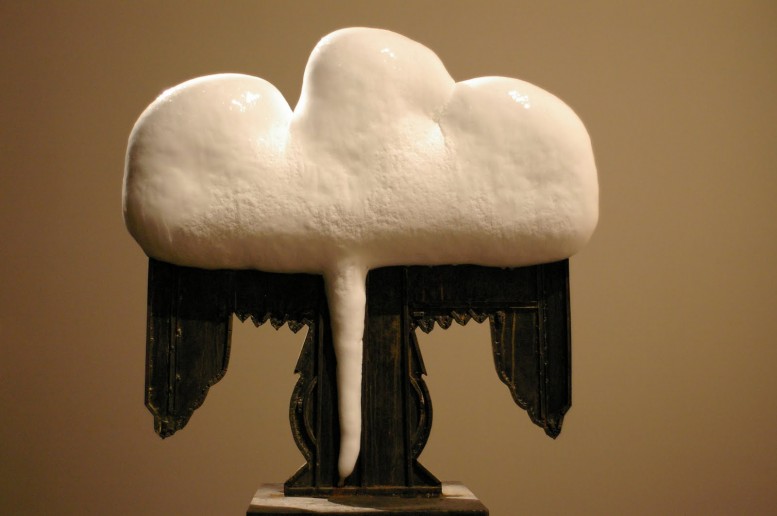 Elena Elagina, Igor Makarevich
Elena Elagina, Igor Makarevich
On September 22, the Moscow Biennale of Contemporary Art opens its fourth edition. Titled “Rewriting Worlds,’’ it will run until October 30 and features 64 artists and 14 groups of artists from more 33 countries. The Moscow Biennale will be curated by Peter Weibel, Director of ZKM in Karlsruhe, Germany.
Tasya Van Ree Solo Exhibition in Los Angeles
"Tasya van Ree has always been intrigued by the everyday wonders of the visual world. The sense of expansive awareness that for van Ree is a prerequisite to photography enables her to capture the small everyday flashes of insight that come when we are open to them and often go before we can fully grasp or appreciate them. Her extraordinarily vivid images are also a testimony to her eye for form and composition. Her photographs are infused with romanticism, darkness, intimacy, and a certain lyrical quality. They also capture the essence of the people, the landscape, and the intricacies of both the animate and inanimate worlds, and are a sort of meditation in seeing the powerful testaments between the relationship of human presence and transitory nature." Tasya Van Ree, a Solo Photography Exhibition opens today at Edgar Varela Fine Arts in Los Angeles and will run until October 22.
Naked At the Chateau
Photo by Adarsha Benjamin
Larry Clark: Tulsa
Presentation House Gallery in Vancouver presents an exhibition of vintage gelatin silver prints by photographer Larry Clark. The series of photographs on display graphically documents Clark’s exploration of the underworld of drug use, sex and violence in his hometown, Tulsa, Oklahoma from 1963 to 1971. Clark first gained notoriety when these images were compiled as a photo essay in his independently published 1971 book Tulsa. Now regarded as a classic photography project, Tulsa has been acclaimed as a powerful and highly personal social documentary, still emulated by art and fashion photographers alike—a reputation due in no small part to its enduring capacity to shock. The sleazy and poignant aspects of the lives portrayed draws the viewer into a prurient and compassionate relationship with the images. On view until October 30.
GUY BOURDIN, An Introduction
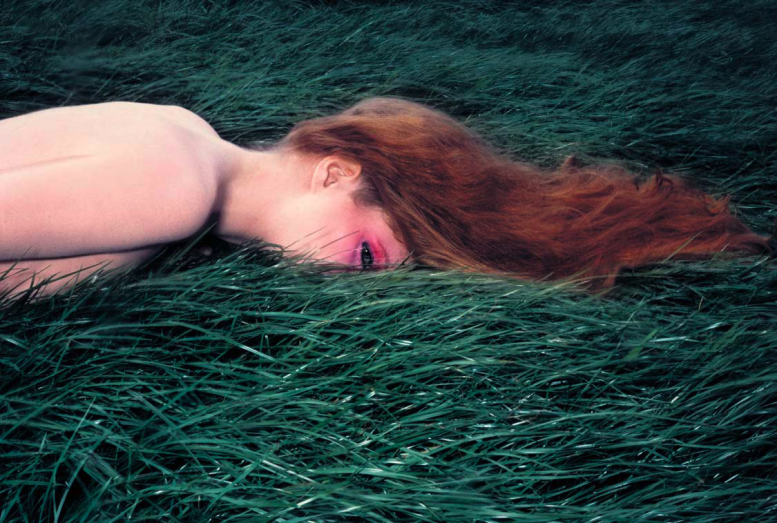
Sadist, genius, artist, monster – call him what you will – Guy Bourdin's titillating images changed fashion photography forever. A new book by Phaidon makes a small, but generous introduction to the work of Guy Bourdin with an introductory essay by Alison Gingeras that provides a fresh perspective on Bourdin’s life and work, including his considerable influence on the world of commercial and fine art photography.
[BOOKS] BALLET RUSSES
The Ballets Russes introduced an unprecedented freedom into the arts, influencing not only ballet and theater, but also fashion, visual arts, and interior design. An unprecedented, oversized special edition, out this November by luxury publisher Assouline, celebrates the explosion of creativity in Western Europe created by Serge Diaghilev and his collaborators—including Igor Stravinsky, Leon Bakst, and Pablo Picasso. Over 200 pages feature photography and drawings tipped on watercolor cotton paper. You can purchase the book here.
Malerie Marder: Carnal Knowledge
Carnal Knowledge (Violette Editions) is the first collection of Marder's works in print. A seminal early experience for Malerie Marder was when a family friend invited her to photograph her with her lover, naked and in the anonymous setting of a motel room. This set the tone for Marder's work for the next decade. Her photographs of nudes are composed simply, her subjects sitting plainly near the centre of the frame, often set against the bleak anonymity of motel rooms, their impassive gazes almost daring a viewer to interpret their bodies. Beautifully illustrated with more than 70 works by Marder – described by Charlotte Cotton in her introduction as an ‘episodic drama of adjacencies’ – Carnal Knowledge also contains a preface by Gregory Crewdson, a text by novelist James Ellroy, short stories inspired by Marder's works by A. M. Homes, James Frey and Bruce Wagner, as well as a written and photographic correspondence between Marder and Philip-Lorca diCorcia.
[SERBIAN DIARY] "Nobody differs from me, but myself"
Photo by Marija Mandic who is a photographer based in Novi Sad, Serbia
Erotique
Photography by Adarsha Benjamin
[UKRAINE] SYNCHRODOGS
Photography by Tanya Shcheglova & Roman Noven
[BOOKS] Naked Hollywood: Weegee in Los Angeles
In 1946, the tabloid photographer known as Weegee relocated from New York City to Los Angeles. Abandoning the grisly crime scenes for which he was best known, Weegee trained his camera instead on Hollywood celebrities, starlets, autograph seekers, and shop-window mannequins, sometimes distorted through trick lenses and multiple exposures. “Now I could really photograph the subjects I liked,” said Weegee of his newfound career in Los Angeles, “I was free.” Presenting approximately 200 photographs, many of which have never before been shown, the book, Naked Hollywood: Weegee in Los Angeles, explores Weegee’s related work as an author, filmmaker, and photo-essayist. You can purchase the book here.
Self Reflection
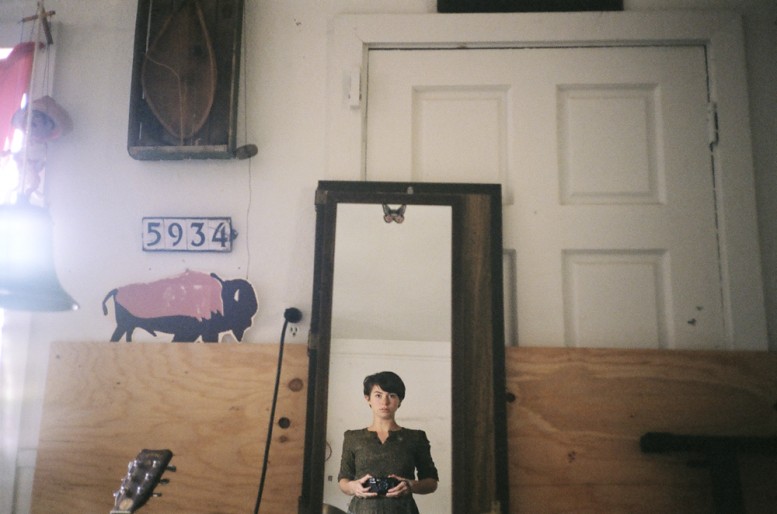
Self Reflection, Portland, Oregon, August 2011. photograph by Megan Kathleen Mcisaac
ROBERT MAPPLETHORPE in ICELAND

A selection of the late Robert Mapplethrope's photographs will be on view at the i8 Gallery in Iceland until October 9. Tryggvagata 16, 101 Reykjavík
Lex & Nathan Kissing in the Bath
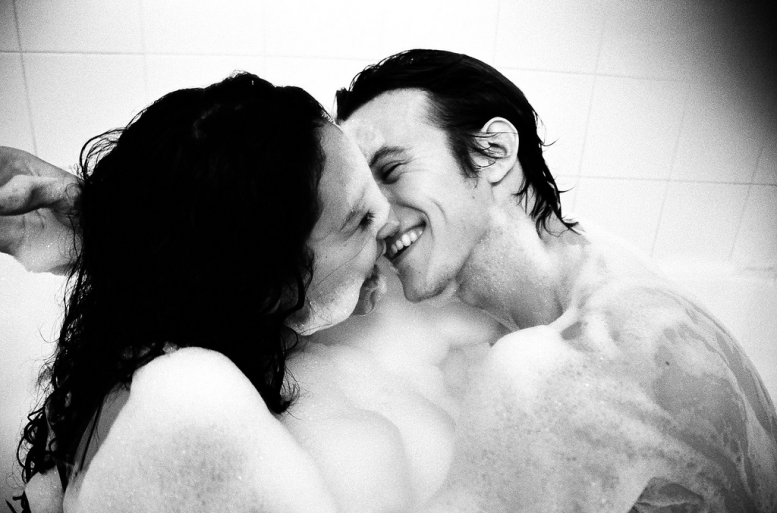
Lex & Nathan kissing in the bath, Los Angeles, 2011. Photography by Shane Coffey
Koto Bolofo: La Maison
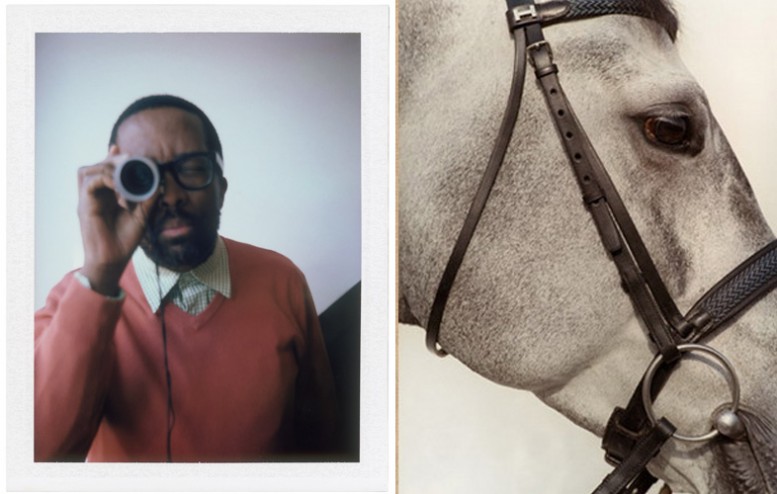
Koto Bolofo is the first photographer to have been granted unlimited access to the secret workshops of Hermès, the house famous for its leather goods, scarves and other beautiful objects. La Maison, a new book by Steidl, itself an elaborate object comprising eleven volumes and the result of seven years' work, showcases Bolofo's painstaking documentation of the Hermès universe.
Corrine Day: The Face
